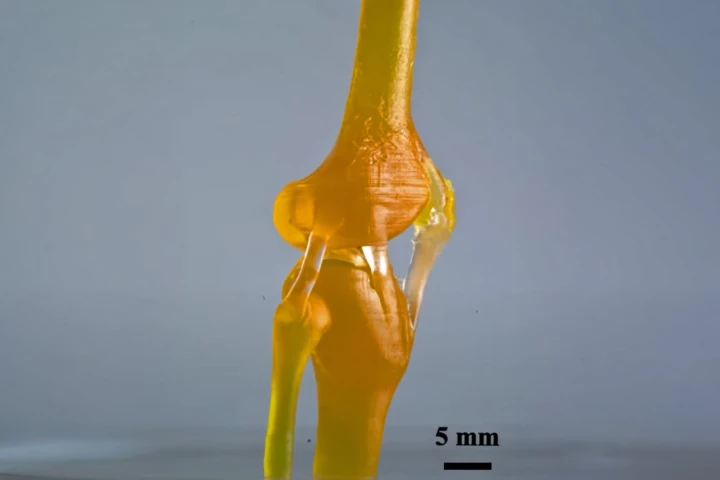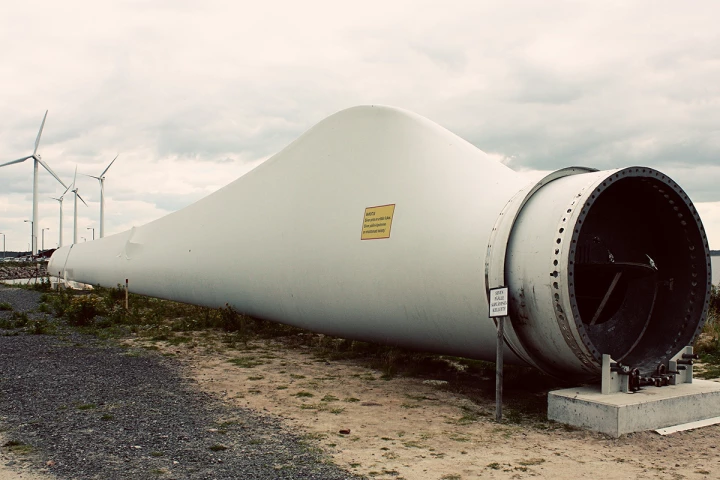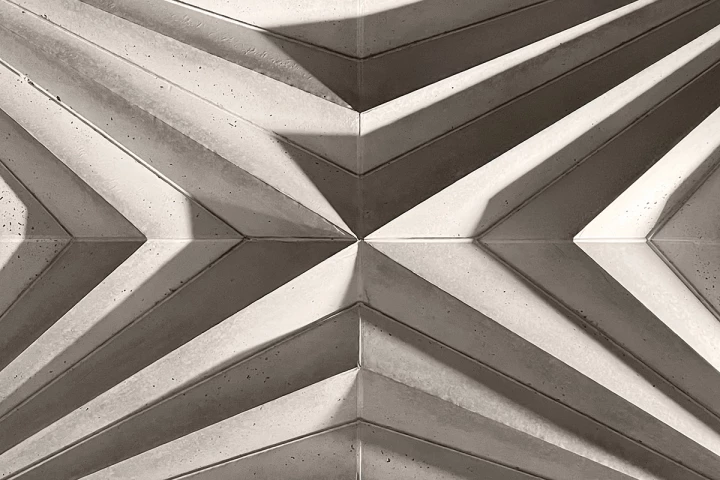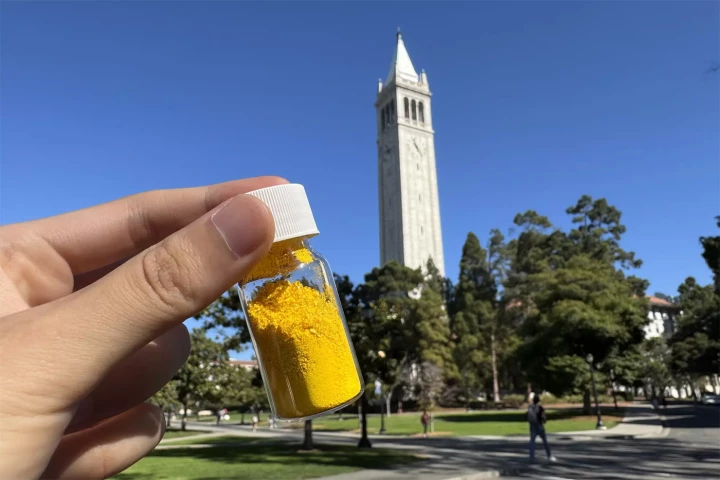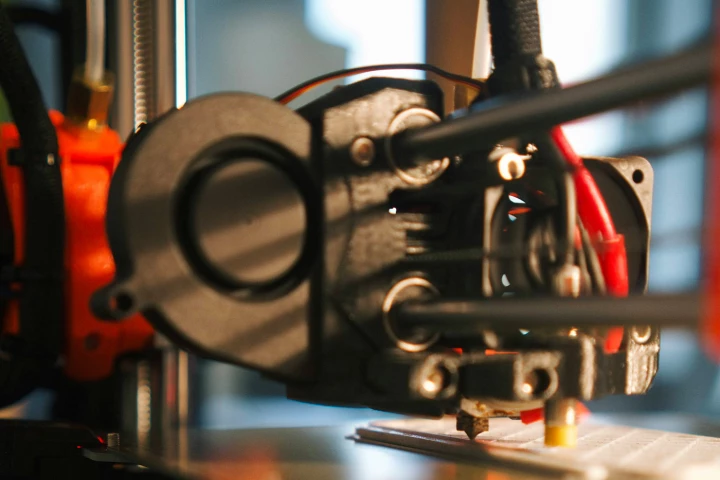Materials
-
If an object that's composed of two types of material is going to fail, the break will usually occur at the interface where the two meet. A new type of light-activated 3D printing resin addresses that problem, by gradually morphing from hard to soft states within a single object.
-
A platinum fiddle that's just 35 microns in length and 13 microns in width is believed to be the world's smallest violin, measuring just a fraction of a microscopic tardigrade. But before you get too excited, there's one little twist …
-
A Maryland-based startup is set to begin mass producing Superwood, which is made from regular timber using a densification process, and exhibits strength greater than that of steel.
-
Researchers have genetically modified spiders for the first time using the CRISPR gene-editing process. Adding a single gene to unfertilized eggs resulted in the creation of a spider that could produce red, fluorescent silk.
-
As much as wind turbines are great for producing clean energy, disposing of them when the time comes can be challenging. Researchers in China have hit upon a clever way to use discarded blades to build long-lasting roads.
-
A reusable formwork design for molding concrete into vaulted floors using sophisticated structural geometry uses 60% less concrete and 90% less steel compared to traditional methods. It's also inexpensive and doesn't require special skills.
-
Scientists have accidentally discovered a particle that has mass when traveling in one direction, but no mass while moving in a different direction. Known as semi-Dirac fermions, particles with this bizarre behavior were first predicted 16 years ago.
-
From a handheld soldering gun to the 'playbird mansion' and, of course, the marvel of a smartphone microscope, there are some gadgets that we come across that we instantly want – and this wireless ultrasonic cutter is definitely another.
-
Under the right circumstances, electrons can actually “freeze” into a bizarre solid form. Now, physicists at Berkeley Lab have created and taken the first ever direct images of this structure.
-
Researchers at UC Berkeley have invented a material in powder form that adsorbs carbon dioxide with astonishing performance. Just 200 g (a little under 0.5 lb) can suck up 44 lb (20 kg) of CO2, the same as a tree does in a year.
-
Researchers at MIT have unexpectedly stumbled upon a way to 3D print active electronics – meaning transistors and components for controlling electrical signals – without the use of semiconductors or even special fabrication technology.
-
A new type of carbon-neutral concrete has been commercially used for the first time, in a skyscraper being built in Manhattan. The binder utilized in the concrete is made of granite instead of traditional greenhouse-gas-emitting limestone cement.
Load More
